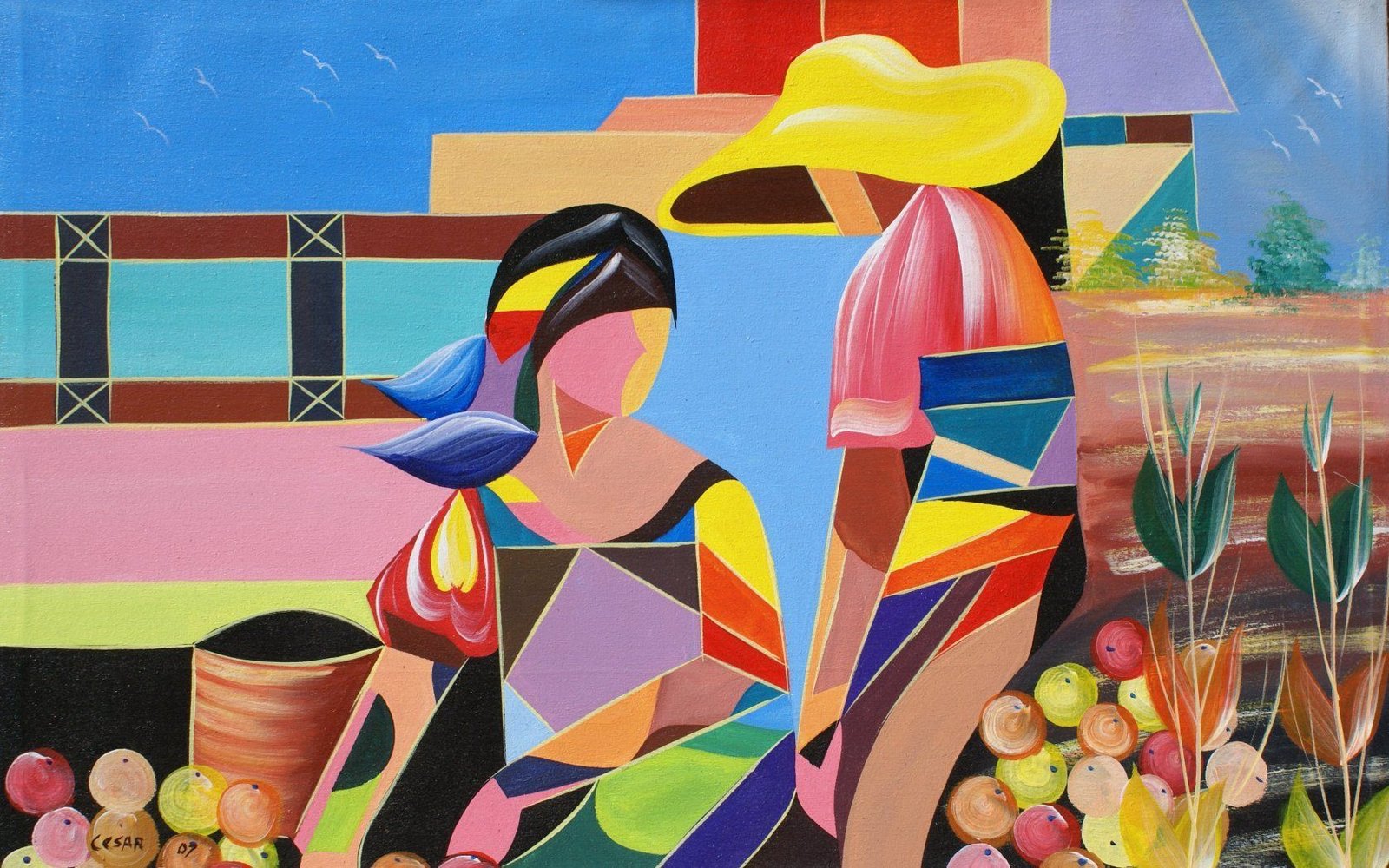From the country’s colonial past to modern society, Philippine art displays a diverse spectrum of influences. Here, Culture Trip has compiled a list of 5 of the Philippines’ most renowned artists.
Fernando Amorsolo (1892-1972)
President Marcos proclaimed Fernando Amorsolo the country’s first National Artist in 1972, and he is commonly referred to as the “Grand Old Man of Philippine Art.” Backlighting is a technique that the Spanish-trained realism used to convey the Philippine sun’s brightness in his colorful depictions of local people. Magically lighted characters and scenery appear to shine from the canvas. For the rest of his life, he produced an average of 10 paintings per month, even as his health and eyesight worsened. To this day, Amorsolo’s ingenuity continues to define the culture and history of the country.
In the Vargas Musuem, which is housed on the University of the Philippines’ campus, a significant number of his works are on display.

José Joya (1931-1995)
José Joya, a multi-media painter from the Philippines and a pioneer of Abstract Expressionism, employs a variety of painting techniques, including layering, free impasto strokes, and controlled drips. Filipino scenery and tropical wildlife inspire his harmonious color palette. Gestural painting is his area of expertise, in which the paint is applied in wide strokes on the canvas, either directly from the tube or using a brush.
Pacita Abad (1946-2004)
The globally acclaimed artist, originally from the northern island of Batanes, graduated from the University of the Philippines with a degree in Political Science. In protest of the Marcos administration in the 1970s, she moved to San Francisco to pursue a law degree, but it was here that she discovered her true passion: painting. Using a wide variety of textures and patterns, she creates bright works of art. People, masks from indigenous cultures, tropical flowers and aquatic vistas were all shown in earlier work. She uses a method known as ‘trapunto’, where she stitches and stuffs her colorful canvases with a broad variety of materials, including cloth and metal and beads and buttons and shells and glass and ceramics. In her painting, she draws inspiration from her travels with her spouse, which have influenced her use of various techniques and materials. At least 60 shows featuring Pacita have taken place all across the United States and Latin America, as well as Europe and the UK.
Ang Kiukok (1935-2005)
Philippines’ modern figurative expressionism got its start with Ang Kiukok, an immigrant artist born to Filipino parents. From the 1960s until his death from cancer in 2005, he was one of the most well-known and commercially successful artists in the country. In 2001, he was named the country’s National Artist. Sotheby’s and Christie’s have both sold some of his paintings for record-breaking sums, just like Amorsolo’s. Cubist and surrealist images of the crucifixion and the mother and child are among his best-known works. Fisherman at Sea, a series of photographs in which he depicts the daily effort of a group of fishermen working under a crimson sun to bring in the day’s catch, has won him widespread recognition.
Benedicto Cabrera (1942-present)
Cabrera, often referred to as “BenCab” in the Philippines, is a notable figure in the country’s modern art scene and the best-selling commercial painter of his time. In 1963, he graduated from the University of the Philippines with a degree in Fine Arts under the guidance of José Joya. Throughout the course of his long career, he has shown his paintings, etchings, sketches, and prints all over the world. Since moving to Baguio, he has constructed his own four-level BenCab Museum on Asin Road that showcases indigenous relics, personal works, and an astounding collection of contemporary Filipino paintings.






